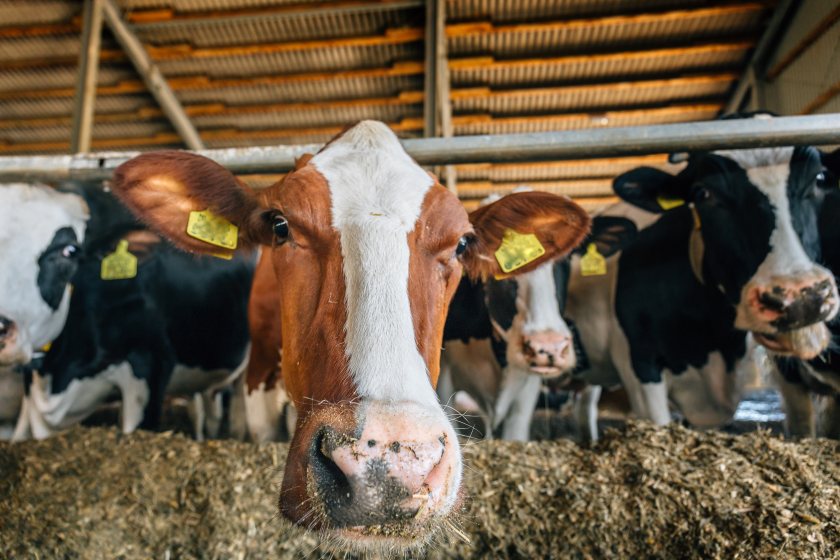
Dairy cows can consistently thrive on an optimised soya-free diet, producing more milk from forage while maintaining milk quality, a new study suggests.
The research, conducted on the University of Nottingham's 400-head herd of Holstein Friesians, resulted in a 4.8kg increase in milk per cow compared to 2023.
Additionally, milk urea levels dropped from 249mg per litre to 176mg per litre, signalling improved protein efficiency.
The move was driven by the university’s goal of reducing farm emissions and improving its overall carbon footprint per kg of fat and protein corrected milk (FPCM), in line with milk buyer expectations.
The diet shift, fully implemented in March 2024, replaced soya with rumen-protected amino acids, protected rapeseed meal and rumen energy sources, while reducing crude protein levels from 17.5% to 16.7%.
Starch content increased from 18% to 22.5%, further supporting milk yield and fertility, the study's results show.
Since moving to a 100% soya-free diet the cows have consistently outperformed their previous production levels due to a better balance of nutrients.
Other key findings from the transition revealed forage intake rose by 14%, leading to a significant boost in milk produced from homegrown forage.
This contributed to more than a 10% reduction in CO2e per kilo of milk, and a decrease in the diet impact per portion from 37kg CO2e to 21kg CO2e.
David Howard, Wynnstay's head of dairy, which undertook the study along with the university, emphasised the importance of these findings for the wider industry.
“We’ve proven that cows can thrive without soya in their diet, which is a huge step forward in reducing the carbon footprint of dairy farming,” he said.
“Our approach not only benefits the environment but also supports the farm’s profitability by increasing milk from homegrown forage.
"Our results show that rethinking ration formulation with amino acid precision can unlock efficiencies and deliver better results for both cows and the planet.”
Looking ahead, the team aims to exceed 5,000kg of milk from forage per cow, and will focus on further refining feeding strategies for first-lactation heifers to maximise growth and efficiency.
The university’s dairy herd manager, Nigel Armstrong concluded: “We have only seen positive results around higher milk yields, greater forage intake, and lower urea levels.
“As a high production commercial herd operating within a university, we aim to lead in dairy innovation. I just wish we had done it sooner.”
